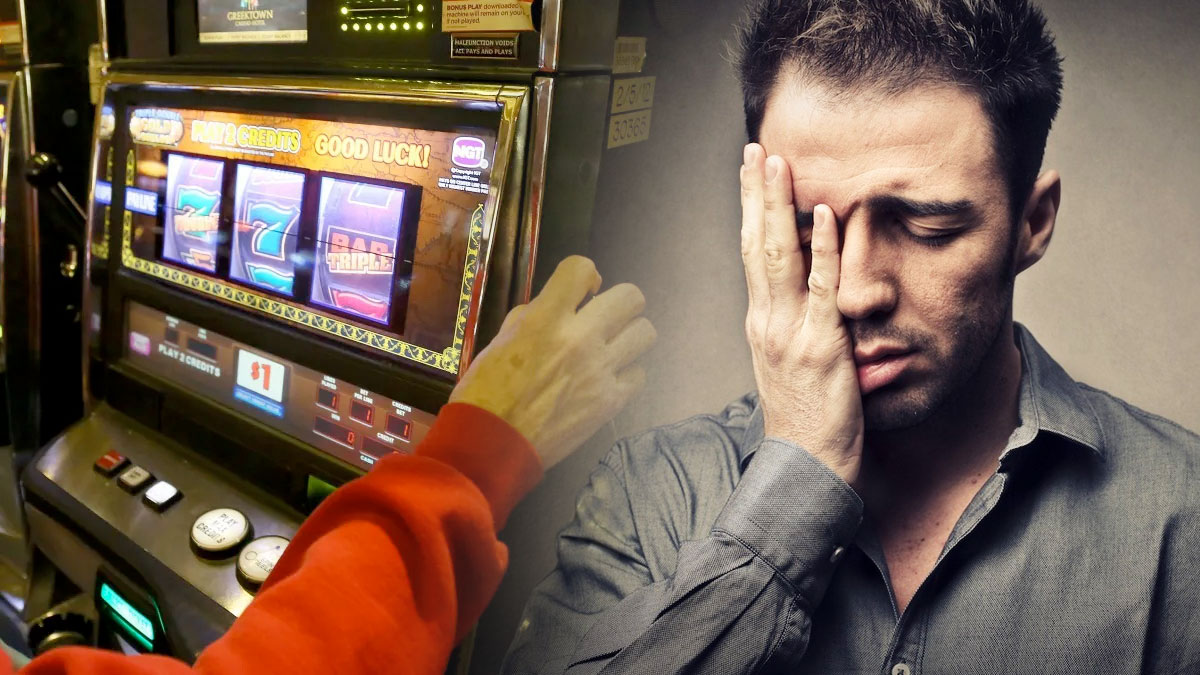Slots don’t offer payouts as often as other casino games. In fact, the average slot only sees you win on about 30% of your spins.
Of course, the main reason why slot machines pay infrequently is because they offer such large prizes. You can win 10,000x your stake or more with many games.
Nevertheless, it’s still nice to know how often you can expect a win with any particular game. Hit frequency gives you this information.
I’m going to discuss more on hit frequency (a.k.a. win frequency) along with why so many players rely on it. However, I’ll also cover a big reason why this concept is so misleading to players.
What Is Hit Frequency?
Win frequency refers to the percentage of spins in which you can expect at least one payout. It doesn’t matter how large the prize is so long as you win something.
Some slots offer hit frequency in the info screen.
For Example:
A game may display 25% win frequency within its pay table. This stat indicates that you can expect to win on one out of every four spins.
The average slot features somewhere between 20% and 30% hit frequency. Therefore, you’re not going to win a large percentage of the time with any game.
Regardless, you’ll still benefit from having an idea on how frequently payouts come. You can use this information to plan what kind of bankroll you need to play a specific game.
Why Is Win Frequency Important?
A slot machine can offer three different figures in its info screen:
- Return to player (RTP)
- Volatility
- Hit frequency
RTP is important, because it shows how much money you can expect to win back based on your bets. It essentially showcases your long-term odds of beating a game.
Here’s an example on how it works:
- You bet $1,000 on a slot.
- This game features 96% RTP.
- 1,000 x 0.96 = $960
- You’ll theoretically win back $960.
RTP is the most common piece of information that slot games offer. Some players base their chances of beating a game entirely on this figure.
However, volatility is a better measure of one’s odds of winning money in the short run. It alludes to a gambler’s chances of winning money right now as opposed to over time.
Low volatility slots offer more-frequent payouts than high volatility games. The former will see you win more often.
Some slots developers offer a volatility rating alongside RTP. For example, they might rate a slot at 9/10, meaning it’s quite volatile.
You can see how valuable both RTP and volatility are. They represent your odds of winning in the short and long term, respectively.
However, neither figure indicates how frequently you’ll win within individual rounds. For this information, you need hit frequency.
Win frequency gives you an exact percentage on how many spins result in payouts. Developers simulate countless rounds to come up with his information.
As mentioned before, volatility also has an impact on how often you win. But it doesn’t cover a definite timeframe like win frequency does (i.e. one spin).
Hit Frequency Can Be Misleading
While win frequency is definitely useful, it also has some holes. First off, this figure doesn’t take anything into account regarding the number of paylines or ways.
Instead, it merely represents your odds of getting one or more wins within a round. This information becomes much less helpful when dealing with lots of lines/ways.
Here’s an example to illustrate this point:
- You’re playing a Megaways slot.
- This game offers up to 117,649 ways.
- The hit frequency is 30%.
- You’ll win at least one prize on 3 out of every 10 spins.
- But you don’t know how many lines you can expect to win with on each spin.
Win frequency’s other deficiency is that it doesn’t take losses disguised as wins (LDWs) into account. An LDW refers to rounds were you win a payout that’s worth less than your bet size.
Here’s an example of an LDW:
- You bet $1.
- You win $0.30.
- Triumphant sounds and exciting animations go off.
- You feel like a winner.
- However, you’ve actually lost $0.70.
The problem with losses disguised as wins is that they fool you into thinking you’re a winner. While you technically have won, you’ve actually lost in terms money.
The word “disguised” refers to how developers use animations and sound effects to mask losses. You might only win a penny on a dollar spin, but you’ll feel like a winner when gold coins are flying across the screen.
LDWs are a huge problem considering that they can trick you into thinking that you’re winning. The false assumption that you’re winning money may keep you playing longer and losing more as a result.
Should You Trust Win Frequency?
You can see that hit frequency isn’t a perfect figure. Its main downfall is that it doesn’t account for LDWs.
It’s also misleading in that it’s an all-encompassing figure that accounts for a win of any kind. It doesn’t, however, provide any idea on how often you can expect to win per payline.
Consider 117,649 ways to win again. As long as you pick up one payout amidst all of these ways, then the win frequency is 1 for 1.
Of course, you’re failing on 117,648 of the other ways. Therefore, it’s puzzling to think that the developer counts this as 100% win frequency for a single spin.
But you shouldn’t necessarily discount hit frequency completely. It does have some utility, especially when you want to know your chances of winning something on each spin.
A high win frequency will most likely help extend your bankroll longer than a low win rate. Slots with the highest hit frequencies typically see you win over 40% of spins.
Long story short, you shouldn’t view win rate as an indication on how many prizes you can expect per round. Instead, it’s only meant to show what percentage of spins result in one or more payouts.
Developers Could Display Payline Hit Odds
Developers don’t currently offer any stats regarding your odds of winning on each payline or way. Instead, hit frequency is a blanket figure for an entire round.
Of course, developers can’t allow you to win on 20 out of 25 lines in every game. Otherwise, each payout would be extremely tiny.
You have very little chance to win with each line on any given spin. Therefore, developers are never going to offer a payline hit percentage like they would with win frequency.
On a 1024 ways game, for example, you might only have a 0.001% chance of winning per way. This doesn’t make the game look very appealing.
However, developers could offer odds on the chances of winning with each payline or way.
Here’s an example:
- A slot offers 50 paylines.
- Hit frequency is 30%.
- 50 / 0.3 = 167
- The odds of winning on each line are 1 in 167.
Would game providers ever think of adding this type of information? Probably not anytime soon. However, some gamblers would appreciate knowing their chances of winning money with each spin.
Conclusion
Hit frequency shows your chances of winning a payout of any kind within each round. Therefore, it’s a useful figure to some degree.
However, it doesn’t account for either LDWs or wins per line. The latter is something that could be corrected through odds on winning with each line/way.
Unfortunately, no slots developers currently display your odds of winning per payline. But it would be nice if they’d consider doing so at some point in the future.
After all, netting one tiny prize on 25 lines or more, 25% of the time, doesn’t feel like much of a win.
Michael Stevens
Michael Stevens has been researching and writing topics involving the gambling industry for well over a decade now and is considered an expert on all things casino and sports betting. Michael has been writing for GamblingSites.org since early 2016. …



